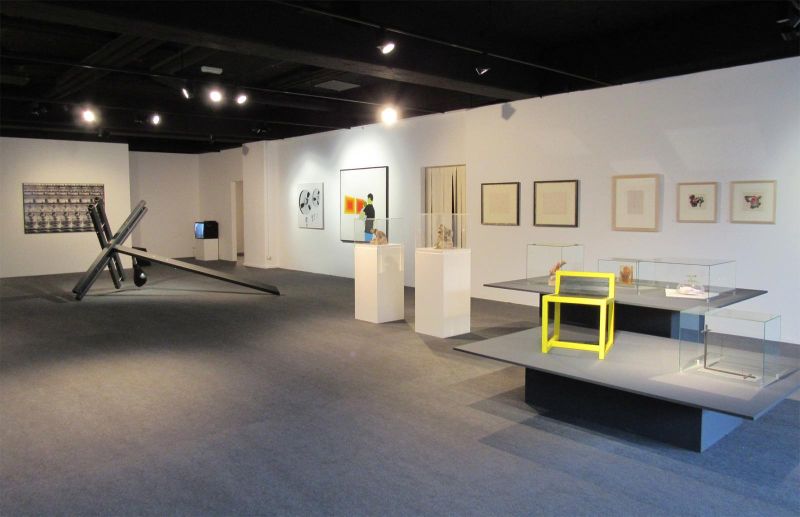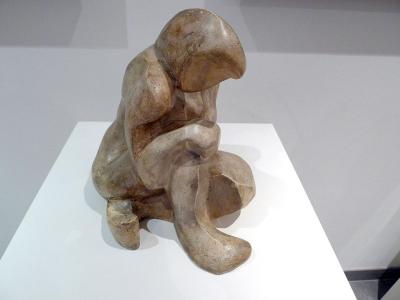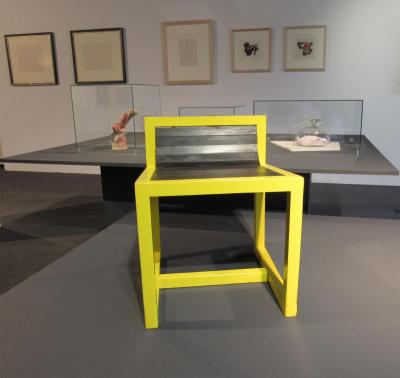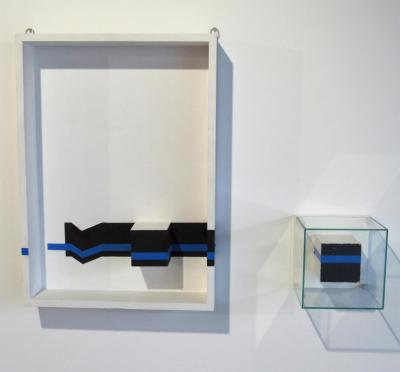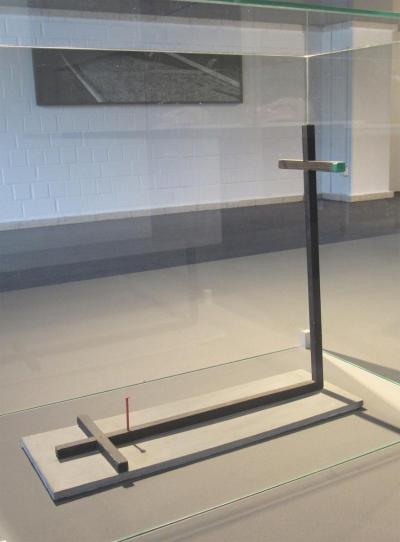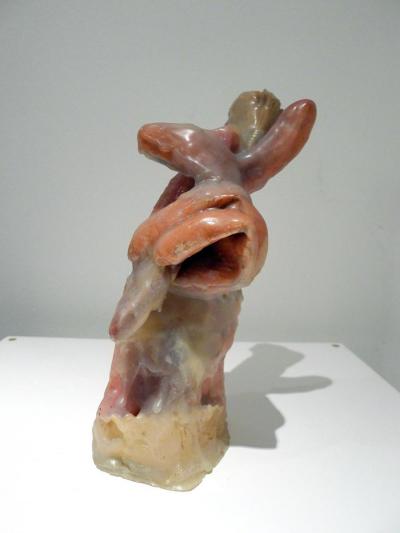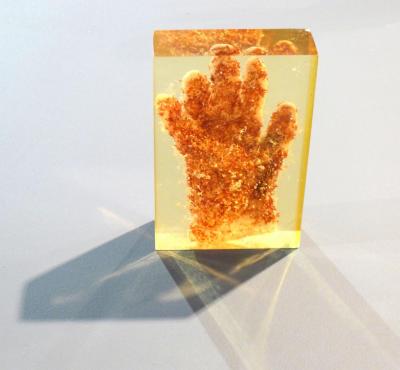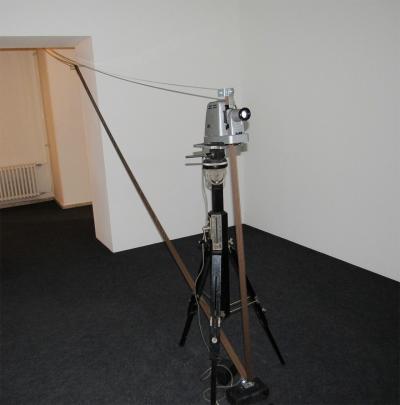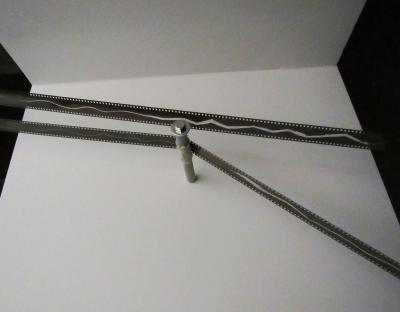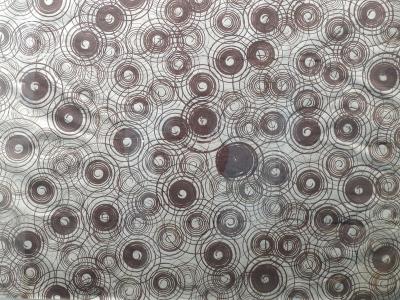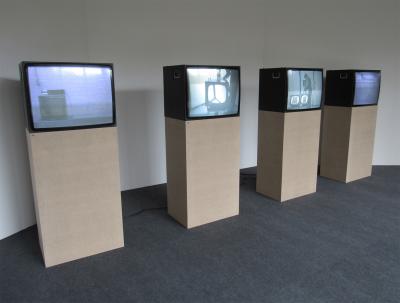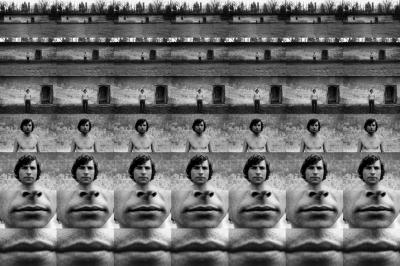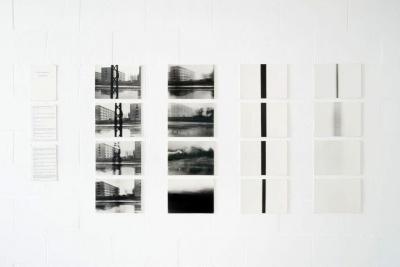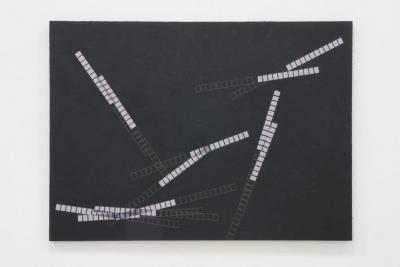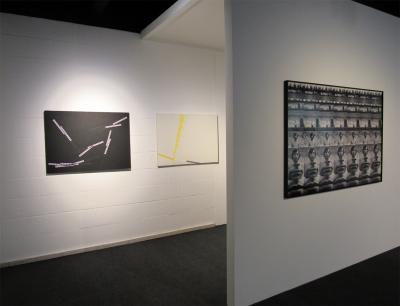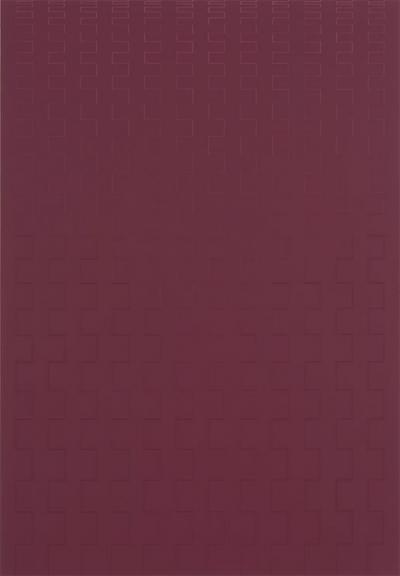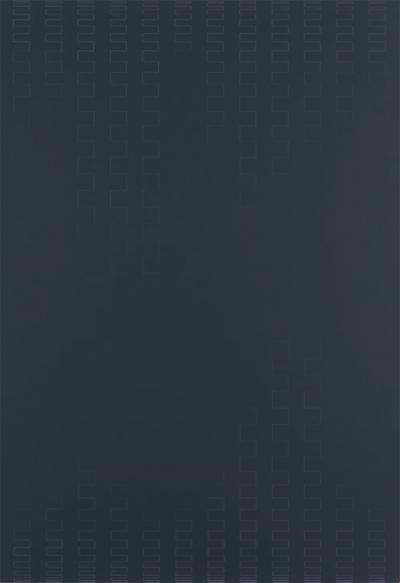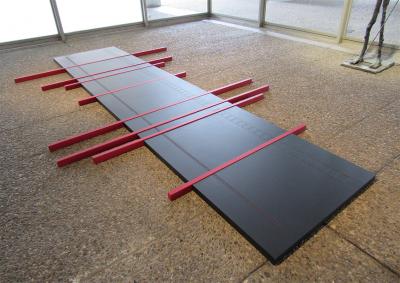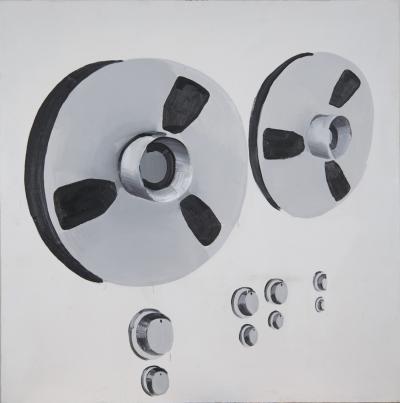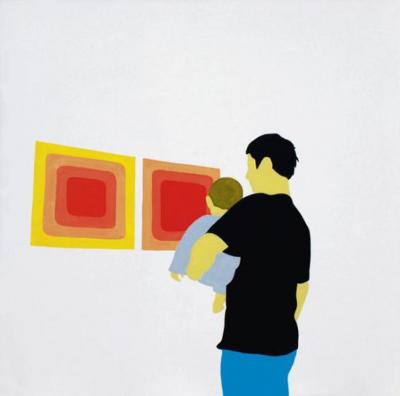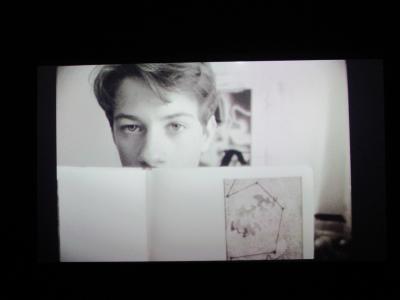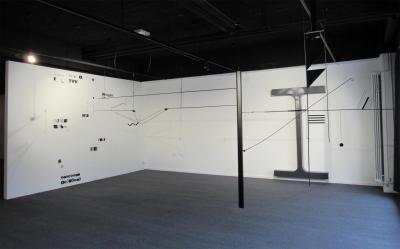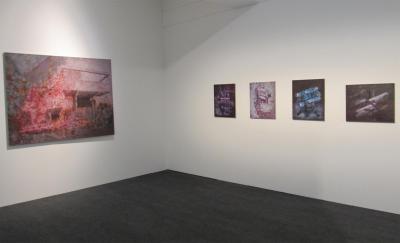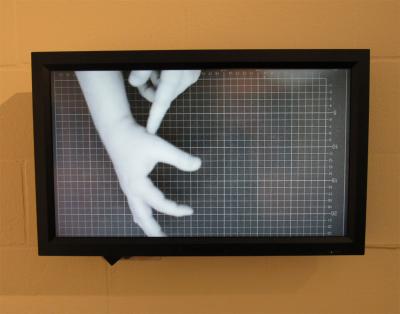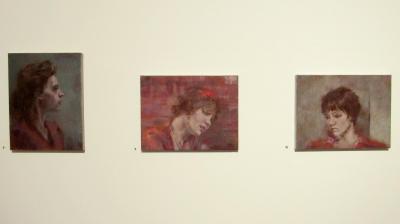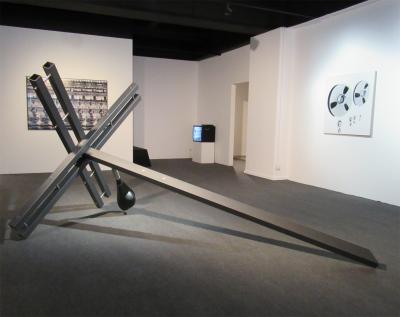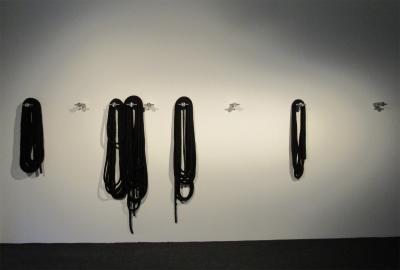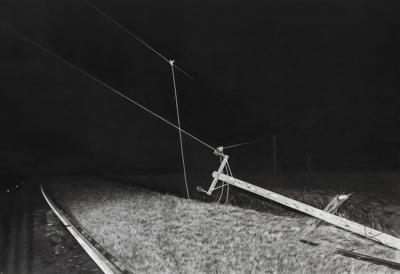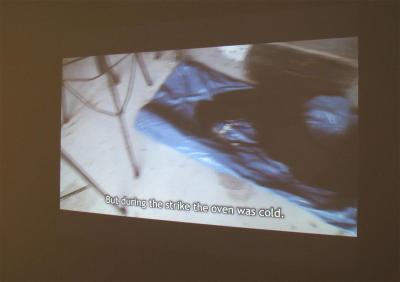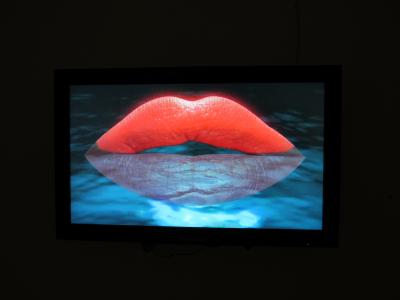Across the Generations – Polish Art in Marl 6th March to 12th June 2016
Mediathek Sorted

Alongside the two films by Robakowski and Sasnal, a third very personal high-class video film with historical references in the exhibition was the work of Agnieszka Polska, who was born in 1985 in Lublin and last lived in Kraków and Berlin. The video artist and photographer has seven films in the online filmotheque at the Museum of Modern Art in Warsaw (Muzeum Sztuki Nowoczesnej w Warszawie). Her film entitled “How the Work Is Done” (2011) tells of a university students’ strike in 1956. It is a sort of reconstruction in the same place, namely the workshop of the Art Academy in Kraków, where she herself studied from 2005 to 2010 (ill. 28). Whilst the students refused to work or leave the building, over the course of 10 days the ceramics workshop slowly turned into a temporary sitting-room, bedroom and kitchen. But when the student guards grew tired one night, the police stormed the building, cleared it and tossed all the movable contents onto the street before demolishing the building sometime later. As in Robakowski’s video “From My Window” (1978-1999) Polska’s work also lives from the tension arising from the contrast between politically different periods and the minimal changes in human and artistic sensitivities. In one of her latest videos “I Am the Mouth” (2014), that was shown in her first solo exhibition in Great Britain in 2014/15 at the Nottingham Contemporary, she shows an animated, meditative mouth half of which is sunk in water, which speaks in the role of the work of art (ill. 29). Influenced by Samuel Beckett’s so-called “one mouth play”, the monologue “Not I” (1972) her film refers to scientific research on how sound waves move through different materials.
Georg Elben’s idea to use first-class works to shed light on the connections – in terms of time, form and content in longitudinal and cross sections – between three, or better four, generations of Polish artists from the 1920s avant-garde to the present day, was a clear success. One final remark: thanks to the use of loans from collections and galleries in Germany, the exhibition was above all a success for those visitors who could devote enough time, contemplation and independent research to acquaint themselves thoroughly with the artists. A catalogue which might have put less knowledgeable art lovers on the right track could not be realised because of the short time available between the exhibitions in the museums in Bochum, Recklinghausen and Marl and the opening of the Museum Jerke.
Axel Feuß, June 2016

















































































